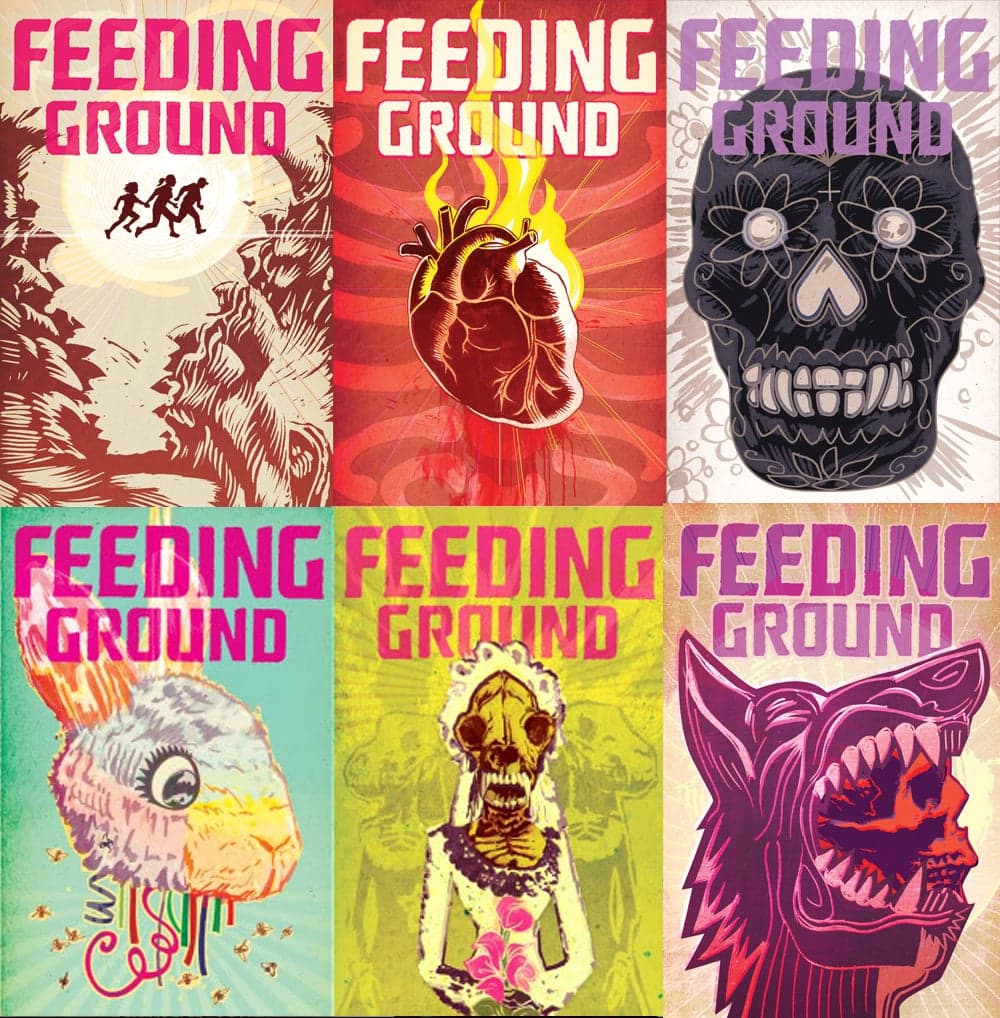When I was seven years old, I vividly remember thumbing through J.M. Barrie’s Peter Pan in my wood-paneled bedroom in Miami. I had checked the book out for one simple reason: I had to decipher how books were turned into movies. I always hoped I could be the one to churn out the source material. As a writer whose been scribbling for years, the idea that my first comic FEEDING GROUND may hit the silver screen completely blows my mind. How did this happen? Bottom line, I got lucky. I was lucky when I had a conversation with my friend Thomas Peyton and he told me stories of experiences he had of life on the border while shooting his documentary. A fellow horror fan, he was quick to recognize the necessity encrusted in the concept of what would become FEEDING GROUND. I was fortunate that I struck up a friendship with Chris Mangun, a patron at The Archive (the DVD/Café in Bushwick I used to own). He’d peek into the back office, and give me a smile while I clacked away on my novel that is now heaped in my pile of almost-happeneds in my bottom desk drawer. He was quick to embolden me with a simple sentiment, “Jon, that’s a really good idea.” And so the planning went. Another screenplay, that would be the best way to convey the story. The medium must serve the story. Like many writers in the first blush of an idea, delusions of grandeur swept in. This baby needed the Cinemascope treatment. I am also lucky that I was friends with Michael Lapinski. Having met in a basketball league of all places, we struck up a friendship, exchanging books every birthday. He gave me The Walking Dead. I happened to give him a book of Mexican Folk Art. These influences would be the aesthetic seeds for FEEDING GROUND.
SGIFF Edward Pressman Talks Infinity Feeding Ground Dali
Veteran U.S. producer Edward Pressman is on a roll.

